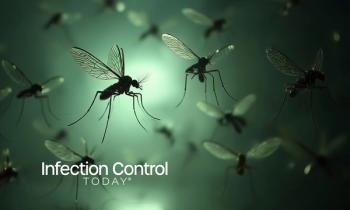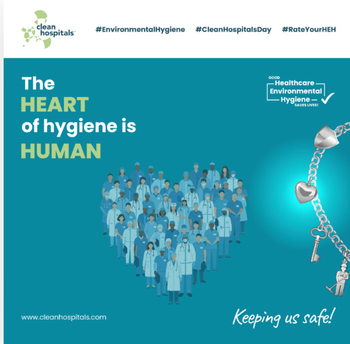
Exposure to Compound Used in Food Packaging Associated With Reduced Immune Response to Vaccination
Elevated exposures in children to perfluorinated compounds, which are widely used in manufacturing and food packaging, were associated with lower antibody responses to routine childhood immunizations, according to a study in the Jan. 25, 2012Â issue of JAMA.
Â
Fluorine-substituted organic compounds have thousands of important industrial and manufacturing applications and occur widely in surfactants and repellants in food packaging and textile impregnation. The perfluorinated compounds (PFCs) are highly persistent and cause contamination of drinking water, food, and food chains, according to background information in the article. The most common PFCs, perfluorooctanoic acid (PFOA), perfluorooctane sulfonic acid (PFOS), and perfluorohexane sulfonic acid (PFHxS), are commonly detected in human serum. The immune system in mice has recently been shown to be highly sensitive to PFOS, with adverse effects on humoral (pertaining to elements in the blood or other body fluids) immunity detected at blood concentrations similar to those occurring in the U.S. population, but adverse health effects of PFC exposure are poorly understood.
Â
Philippe Grandjean, MD, DMSc, of the Harvard School of Public Health in Boston, and colleagues conducted an investigation of antibody responses to diphtheria and tetanus toxoids as indicators of immunotoxicity in children, choosing the fishing community of the Faroe Islands, where frequent intake of marine food is associated with increased exposures to PFCs. The Faroe Islands are a country in the Norwegian Sea located between Scotland and Iceland. The study included 656 children born at the National Hospital in the Faroe Islands during 1999-2001. Follow-up was through 2008, with 587 participants. The researchers measured serum antibody concentrations against tetanus and diphtheria toxoids at ages 5 and 7 years of the children.
Â
Similar to results of prior studies in the United States, the PFCs with the highest serum concentrations were PFOS and PFOA. Multiple analyses showed that prenatal exposures to both PFOS and PFOA, as indicated by the maternal serum concentrations, were negatively associated with antidiphtheria antibody concentrations, with a 2-fold increase in PFOS exposure associated with a difference in antibody concentration of -39 percent at age 5 years before the booster. All but 1 of the PFC concentrations measured in the child's serum at age 5 years showed negative associations with the antibody concentrations measured in serum both before and after the booster. For antibody concentrations at age 7 years, all PFC exposures measured at age 5 years showed negative associations, most strongly for PFOA and PFOS, with a 2-fold increase in PFOA exposure associated with differences of -36 percent and -25 percent for tetanus and diphtheria, respectively.
Â
At a doubled postnatal PFC exposure, the overall antibody concentration at age 7 years was approximately halved. This significant difference remained after adjustment for prenatal PFC exposure. A two-fold increase in PFOS and PFOA concentrations at age 5 years was associated with an approximately 2.4 and 4.2 higher odds of falling below a clinically protective level of 0.1 IU/ml for tetanus and diphtheria antibodies, respectively, at age 7 years.
Â
If the associations are causal, the clinical importance of our findings is therefore that PFC exposure may increase a child's risk for not being protected against diphtheria and tetanus, despite a full schedule of vaccinations. Adequate formation of specific antibodies relies on several important immune functions, and serum antibody concentrations triggered by standardized antigen stimulations may therefore reflect the more general efficacy of the immune system in relation to infection. For this reason, PFC-associated decreases in antibody concentrations may indicate the potential existence of immune system deficits beyond the protection against the 2 specific bacteria examined in this study, the authors write. These findings suggest a decreased effect of childhood vaccines and may reflect a more general immune system deficit. Assessment of risk related to exposure to these contaminants therefore needs to consider the immunotoxic potential of the PFCs.
Â
This study was supported by the National Institute of Environmental Health Sciences, NIH; the U.S. Environmental Protection Agency; the Danish Council for Strategic Research; and the Danish Environmental Protection Agency as part of the environmental support program DANCEA (Danish Cooperation for Environment in the Arctic).
Reference: JAMA. 2012;307[4]:391-397.
Newsletter
Stay prepared and protected with Infection Control Today's newsletter, delivering essential updates, best practices, and expert insights for infection preventionists.





